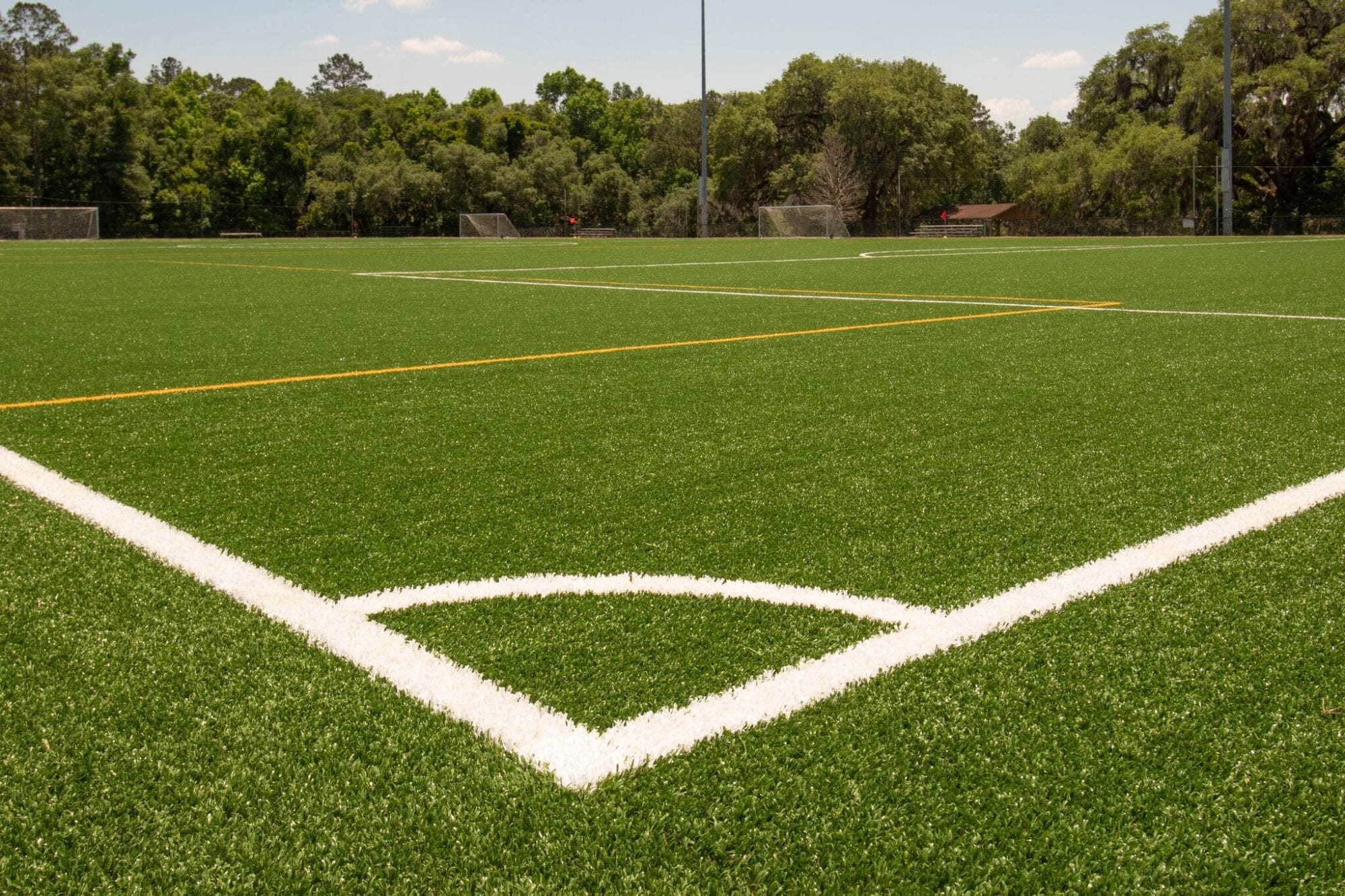Sustainable Arizona Artificial Turf for a Always-Green Lush Green Lawn
Sustainable Arizona Artificial Turf for a Always-Green Lush Green Lawn
Blog Article
Explore the Environmental Conveniences of Opting for Synthetic Grass Solutions
The fostering of synthetic lawn options provides an engaging possibility to deal with pushing environmental challenges. By considerably decreasing water use and minimizing the application of unsafe chemicals, these choices not just advertise sustainable landscape design yet also safeguard neighborhood ecological communities.
Water Conservation Perks
Among one of the most considerable benefits of fabricated lawn is its ability to save water. Typical yard yards require considerable irrigation, particularly in areas vulnerable to dry spell or water restrictions. On the other hand, artificial grass does not need watering, substantially decreasing the total need for water sources. This function is especially advantageous in deserts where water scarcity is a pressing concern.
By getting rid of the demand for routine watering, synthetic grass contributes to sustainable landscape methods and aids alleviate the environmental effect of too much water intake. The conservation of water prolongs to the reduction of overflow, which can lead to soil erosion and waterway pollution.
Additionally, the installation of man-made turf allows home owners and towns to designate water resources a lot more effectively, concentrating on crucial uses such as alcohol consumption water and farming. The change in the direction of synthetic grass not just promotes accountable water usage yet also aligns with broader environmental objectives targeted at maintaining natural resources.
As areas increasingly prioritize sustainability, the water conservation benefits of synthetic grass offer a compelling case for its fostering in commercial and household landscape design projects.
Minimized Chemical Usage
The transition to fabricated lawn considerably decreases the dependence on chemical treatments generally used in natural lawn maintenance. Typical grass monitoring commonly involves the application of herbicides, pesticides, and plant foods to promote development and control insects. These chemicals can present threats to human wellness, regional wild animals, and the environment, contributing to dirt and water contamination.
In contrast, artificial grass gets rid of the demand for these dangerous substances. Once installed, it needs minimal upkeep, primarily containing routine cleansing and irregular infill replenishment. This reduction in chemical usage not just profits the instant atmosphere yet likewise adds to more comprehensive environmental security. By reducing the launch of synthetic substances into the ecological community, man-made turf advertises much healthier soil and water systems.
Moreover, the lack of chemical runoff associated with artificial turf installments aids secure local waterways from air pollution, sustaining water life and keeping biodiversity. Arizona artificial turf. As areas progressively focus on lasting methods, selecting synthetic lawn offers a viable remedy that aligns with environmental preservation objectives. With this change, property owners can appreciate rich eco-friendly rooms without jeopardizing ecological wellness, leading the means for an extra sustainable future
Reduced Carbon Impact

Furthermore, the installment of synthetic grass can result in significant water preservation. All-natural lawns need substantial amounts of water for watering, which not just includes in the carbon impact linked with water extraction and treatment yet additionally stress local water resources. On the other hand, fabricated turf requires very little upkeep, calling for no watering, therefore dramatically decreasing water usage and its connected energy expenses.
In addition, the longevity of synthetic grass contributes to its decreased carbon effect. With a life expectancy of approximately 15 years or more, the need for regular replacements is reduced, causing much less waste and lower energy intake in production and getting rid of conventional yard choices. Generally, synthetic grass presents a sustainable option for environmentally mindful landscape design.
Environment Preservation
Habitat conservation is a crucial factor to consider in the dispute over landscaping choices, particularly when comparing fabricated lawn to all-natural lawn. Natural turf yards typically need considerable upkeep, including the use of chemicals, fertilizers, and herbicides, which can detrimentally affect neighborhood ecological communities. These chemicals can seep right into the soil and rivers, hurting indigenous flora and animals and interfering with local environments.
In contrast, synthetic grass presents a possibility to decrease the ecological impact of landscaping. By choosing synthetic grass, homeowners can minimize the disturbance of natural habitats associated with typical lawn treatment methods. find Synthetic grass eliminates the demand for harmful chemicals, thereby shielding neighboring wildlife and keeping the honesty of surrounding environments. The installation of man-made lawn can lead to the conversion of former lawn locations right into even more biodiverse landscapes, such as pollinator gardens or indigenous plant locations, which can sustain neighborhood wildlife.
Inevitably, the change to synthetic grass not just saves water and decreases upkeep efforts but also fosters a much more harmonious relationship between human tasks and the natural atmosphere, promoting environment conservation at the same time.
Long-Term Sustainability
Long-term sustainability is a critical consider reviewing the advantages of synthetic grass over standard turf yards. One of one of the most substantial benefits of synthetic grass is its toughness; it can last as much as 15-20 years with minimal upkeep, whereas natural turf requires constant reseeding and replacement. This longevity reduces the need for consistent resources, such as water, plant foods, and pesticides, which are essential for keeping a healthy yard lawn.
Additionally, synthetic grass adds to a decrease in carbon emissions connected with grass care tools. Traditional lawns often need gas-powered lawn mowers, trimmers, and blowers, every one of which add to air pollution. Artificial turf companies phoenix. On the other hand, synthetic grass removes the need for such tools, promoting a cleaner environment
Furthermore, the production of synthetic grass increasingly makes use of recycled materials, improving its sustainability profile. As manufacturers embrace environmentally friendly techniques, the environmental footprint of synthetic lawn remains to diminish.

Final Thought
The adoption of man-made lawn solutions presents significant environmental benefits, consisting of significant water preservation, decreased dependence on damaging chemicals, and a lower carbon impact. Moreover, synthetic grass help in maintaining all-natural habitats by reducing land disturbance and promoting long-term sustainability via using long lasting products. Collectively, these factors emphasize the possibility of synthetic grass to add favorably to ecological health and wellness and provide a sensible choice to typical landscape design practices in a significantly resource-conscious world.
In contrast, artificial lawn official website does not require watering, substantially minimizing the overall need for water sources. By decreasing the release of artificial compounds right into the community, synthetic lawn promotes much healthier soil and water systems.
Moreover, the installation of fabricated grass can result in significant water conservation. In contrast, artificial grass requires minimal upkeep, calling for no watering, thereby dramatically reducing water my website usage and its connected energy prices.

Report this page